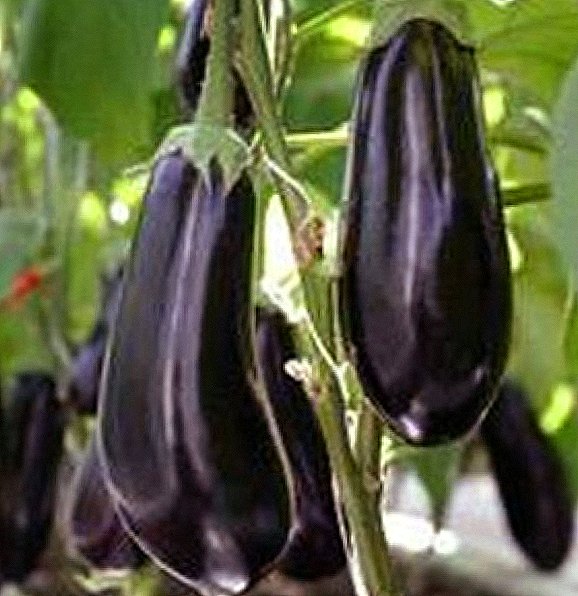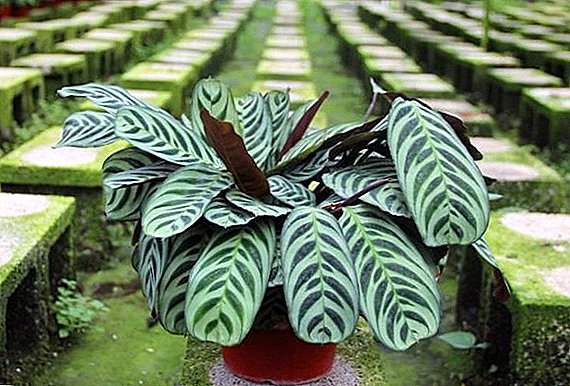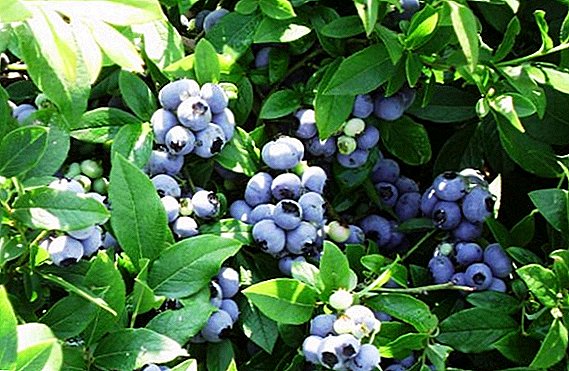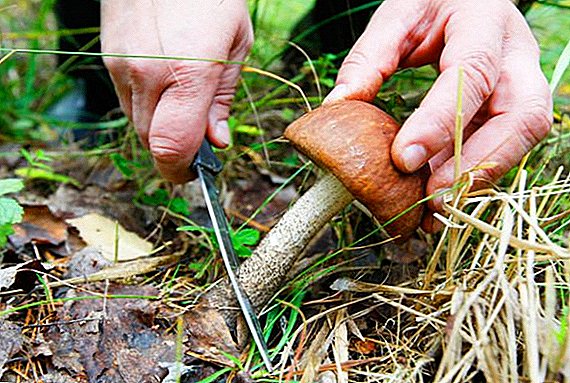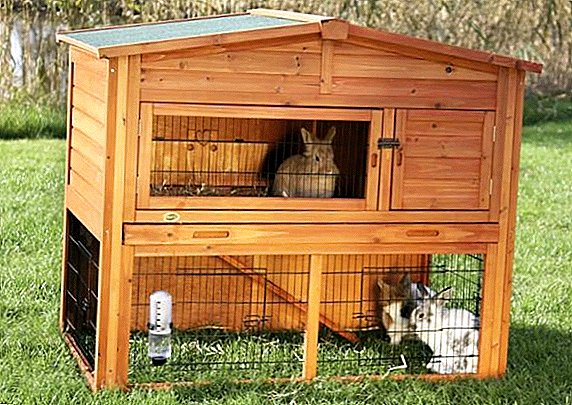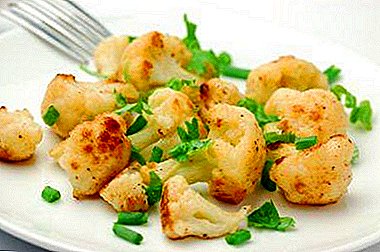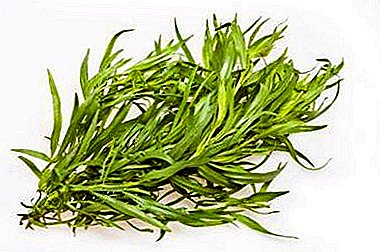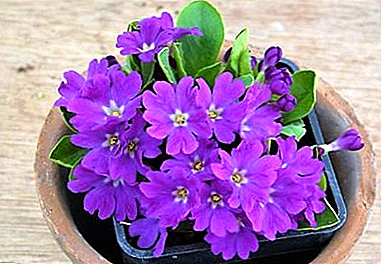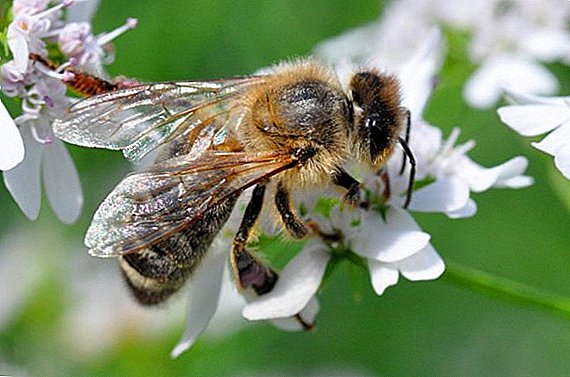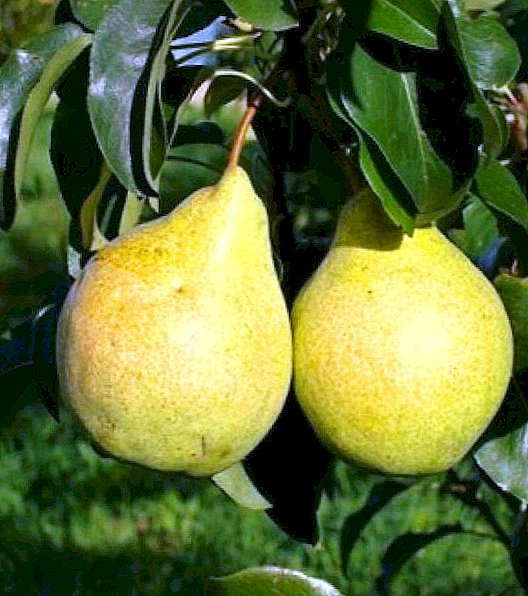
Few people are not happy about the summer, the sun, fresh fruits and vegetables.
After all, since childhood, each of us was told that the fruits of agriculture are extremely useful for our body.
Each fruit or vegetable contains its own set of vitamins and minerals. Therefore, for the full recovery of the body after the winter cold and avitaminosis, you need to introduce these products into your diet.
Among these products should be pears.
The source of nutrients are simply Maria pears.
Variety description
Trees This type of pear is medium tall with a height of 2.5 - 3 m with a pyramidal crown. Fruit large enough (weight up to 200 g), have a smooth glossy skin. Fruit color varies from green to yellow. The flesh of the fruit is white, juicy, has a pleasant aroma and sweet-sour taste.
It is believed that "Just Mary" - one of the best varieties of dessert pears, judging the taste. The amount of sugar in the fruit reaches 80%, which is a high figure. The average yield, from one tree can be collected about 35-40 kg of fruit. Pear begins to bear fruit 3 - 4 years after planting. It should be harvested in October - November. It is better to remove the fruits from the tree not quite mature, in order to prolong their shelf life.
Virtues
- wonderful taste
- highly resistant to diseases (scab, bacterial cancer, septoria)
- quick entry into the fruiting period
disadvantages
- average frost resistance (can withstand temperatures up to -29 ° C)
- average yields
Features planting pears
Planted "Just Mary" need in the fall in the period from the beginning of the fall of the leaves to the first frost on the southern side of the site. Seedlings should be placed in water for 5-7 hours after planting. As soon as the pit is ready for planting, then the future pears can be taken out of the water. The hole needs to be dug large enough, 1 - 1.5 m deep, 50 - 70 cm in diameter. In the hole you need to make a cone of earth and peat (humus). The seedling should be placed in a hole and evenly distribute the roots along the cone.

It is necessary to fill a hole with the usual fertile earth, slightly stamping. You can drive a stake next to the seedling that will support the future tree. It is necessary to fill the pit so that the root neck of the seedling is 2 to 3 cm higher than the rest of the soil. It is necessary to tie the seedling to the cola (which should be placed at a distance of 7 to 10 cm) with fabric strips. You need to tie it up and down.
Immediately after planting must be watered sapling and loosen the earth around the root after the soil absorbs moisture.
Tree care
1) Watering
Pears need moisture, especially in summer. Therefore, trees must be watered not only in the first year after planting, but also after. Watering should be done 4 - 5 times per season. Each tree needs 2 to 3 buckets of water, but you can determine the most necessary volume of water. You need to take a handful of earth in your hand and squeeze. If you get a lump, then you need less water, if the earth crumbles - more. After watering, you need to loosen the ground to air to the roots.
2) Mulching
"Just Maria" especially needs mulching because organic mulch promotes the rapid growth of the tree. As mulch you can use humus, sawdust, straw. It is imperative to carry out this procedure on time. Mulching should be done in spring, when the soil is warm enough, otherwise the result will be the opposite. If you do not calculate the time, the mulch will prevent the flow of heat to the roots.
It is also interesting to read about the Ural varieties of pears.
3) Harboring
Since “Simply Maria” has average frost resistance, it is very important to protect the trees in winter. It is advisable to cover pears with natural materials, such as cotton cloth or newspapers. If there is no such possibility, then you can use modern materials, such as agrotextiles, fir branches, and others. These materials pass moisture well and retain heat. In addition, you can use snow as a heater.
4) Pruning
This variety of pears especially needs pruning of the central shoot, so that the lateral branches of the tree grow stronger. To cut a pear need in the spring when the tree is at rest. It is necessary to cut the side branches on which there is no fruit buds. It is necessary to cut branches very tightly to the trunk, so that later the trace in the form of a circle “healed”. If the branch was cut incorrectly, then it is necessary to do a stripping of the damaged area.
5) Fertilizer
Top dressing needs to be done in the spring during flowering and in the fall after flowering. In the spring, the tree needs nitrogen, so it is necessary to deposit ammonium nitrate, which is diluted 1:50 in water. accounted for 30 g of fertilizer. Autumn feeding is done organic.

6) Protection
Since "Just Mary" is disease resistant, but infection can occur. Therefore, it is necessary to take measures for the prevention of diseases such as scab, septoriosis and bacterial cancer.
The cause of septoria is a fungal disease. Fungus spores are stored in fallen leaves. This disease is manifested by the appearance of grayish-brown spots on the leaves. For treatment, there are 3 treatments garden. The first time the trees need to be treated with a solution of nitrophene (300 g per 10 liters of water) before bud break.
The second time the trees are sprayed immediately after completion of flowering with a solution of Bordeaux mixture (100 g per 10 liters of water). The third time pears need to be processed after 15 - 20 days after flowering with the same Bordeaux mixture.
Scab is a fungal disease, spores overwinter in the kidneys. An indicator of the presence of the disease is the appearance of brown spots on the leaves and fruits. Methods of dealing with scab are similar to methods of dealing with septoria.
Bacterial cancer is also a fungal disease. Bark, leaves, flowers, fruits are affected. The bark of the affected trees cracks and blackens, brown leaves appear on the leaves, and the fruit turns black. To avoid infection, it is necessary to prevent damage to the bark of the tree.


